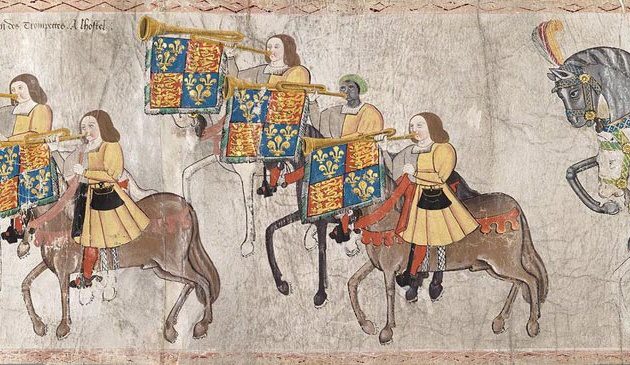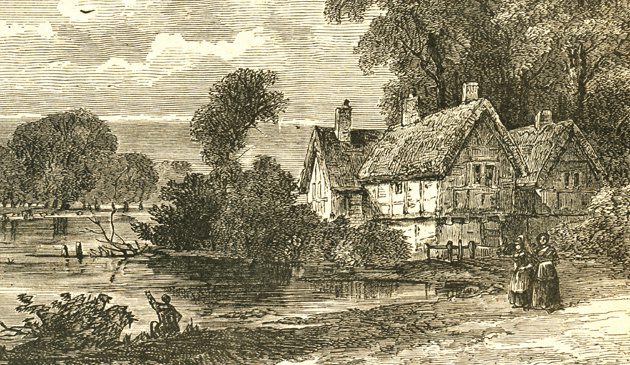In brief – Tudor London

The coronation of Anne Boleyn as Queen of England at Westminster Abbey on Whit Sunday, June 1533. It was the last time a Queen Consort was to have a separate coronation.
More people required more water and new conduits were made to bring additional supplies from springs outside the city, including that opened by William Lamb (‘Lamb’s Conduit’) in 1577. In 1581 the Dutch hydraulics engineer Peter Morice successfully demonstrated a method of drawing water from the Thames to supply premises around the north end of London Bridge.
In the second half of the 16th century the carriage, a new style of transport pulled by horses, began to become popular with London’s wealthy. The idea of the vehicle for transporting goods caught on and it was not long before large wagons were arriving in London. ‘Hackney carriages’, the predecessor of our modern taxi, could be hired in London and long-distance passenger services, called ‘long wagons’ were introduced. However, the city’s streets were not created to be suitable for these new forms of transport and congestion became a major problem.
In 1569 the government, in need of finance, gave permission to Peter Grimaldi and George Gilpin to organise a lottery based on a scheme that had been in use in Italy, the first to ever take place in England. The final draw was held on the steps of St. Paul’s Cathedral.
The end of the reign of Queen Elizabeth was marked by an attempted coup in London, led by the Earl of Essex. It was generally a difficult period for the country, with famine, plague and strain on the nation’s finances. Elizabeth, the ‘Virgin Queen’, famously never married and therefore died at Richmond Palace without a direct heir, with the crown passing to her nearest living relative, King James of Scotland.
The death of Queen Elizabeth in 1603 marked the end of an era that had begun when her grandfather, Henry Tudor, had seized the throne from Richard III in 1485. Under the five Tudor kings and queens much had changed. Throughout medieval times England had been an island on the edge of Europe, dominated by the major powers of France and the papacy in Rome. By the end of Elizabeth’s reign England had belief in itself as a separate nation state, politically isolated from other European powers by the creation of the Anglican Church but strong enough to control its own destiny.
With thanks to Ursula Jeffries for help with fact-checking and proof-reading.
< Go back to In Brief: London in the Late Middle Ages or forward to In Brief: Early Stuart London >


